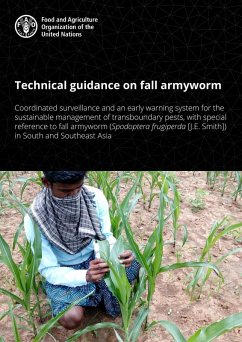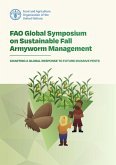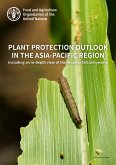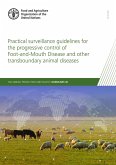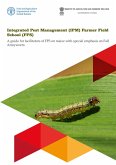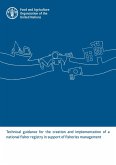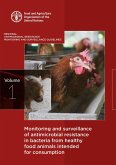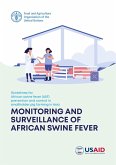However, maize production is currently threatened by the arrival in Asia (in 2018) of the fall armyworm (FAW), Spodoptera frugiperda (J. E. Smith) a native to North America. It invaded India in 2018 and since then it has marched to most of the Asian countries. In 2019, its presence was confirmed in 13 Asian countries including Cambodia, China, India, Indonesia, Japan, the Lao People's Democratic Republic, Malaysia, Myanmar, Nepal, the Philippines, the Republic of Korea, Sri Lanka, and Viet Nam. In 2020, it was confirmed in Australia, Timor-Leste and Papua New Guinea. In August 2021, it reached the Solomon Islands, posing a serious threat to other Pacific islands. FAW is a fast-dispersing, migratory, transboundary insect pest. While high FAW incidences have been reported on several crops in Asia, the most important economic damage caused is to maize (followed by sorghum). The FAW invasion threatens the food security of millions of family farms in Asia, with smallholder farmers being especially vulnerable. The negative economic impact of FAW is not only evident in yield loss: the pest also leads to a significant increase in insecticide applications, with associated health, environmental and cost issues. At the same time, resilience to FAW on the continent is currently weakened by the limited access to necessary tools, technologies and sustainable integrated pest management (IPM) practices for FAW. Thus, there is an urgent need to implement an effective approach to FAW management in Asia.
Dieser Download kann aus rechtlichen Gründen nur mit Rechnungsadresse in A, B, CY, CZ, D, DK, EW, E, FIN, F, GR, H, IRL, I, LT, L, LR, M, NL, PL, P, R, S, SLO, SK ausgeliefert werden.

